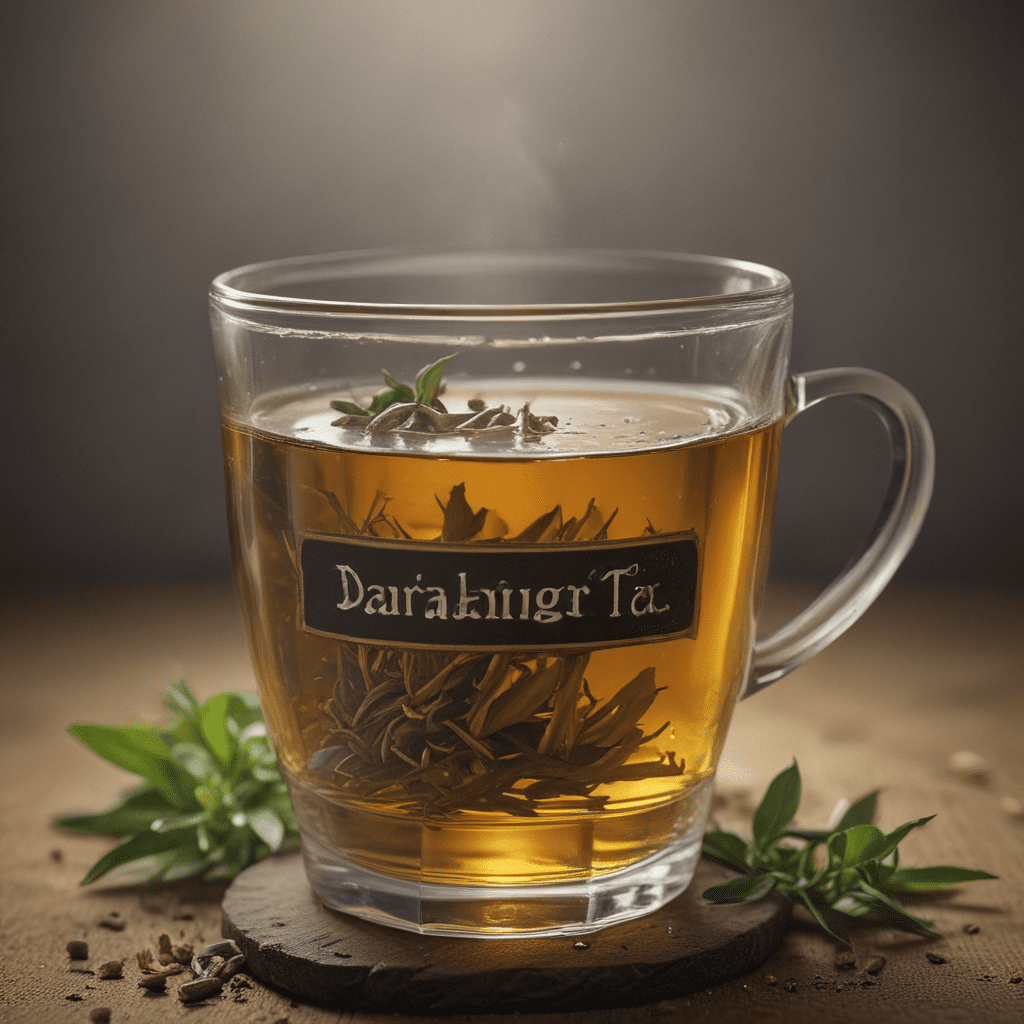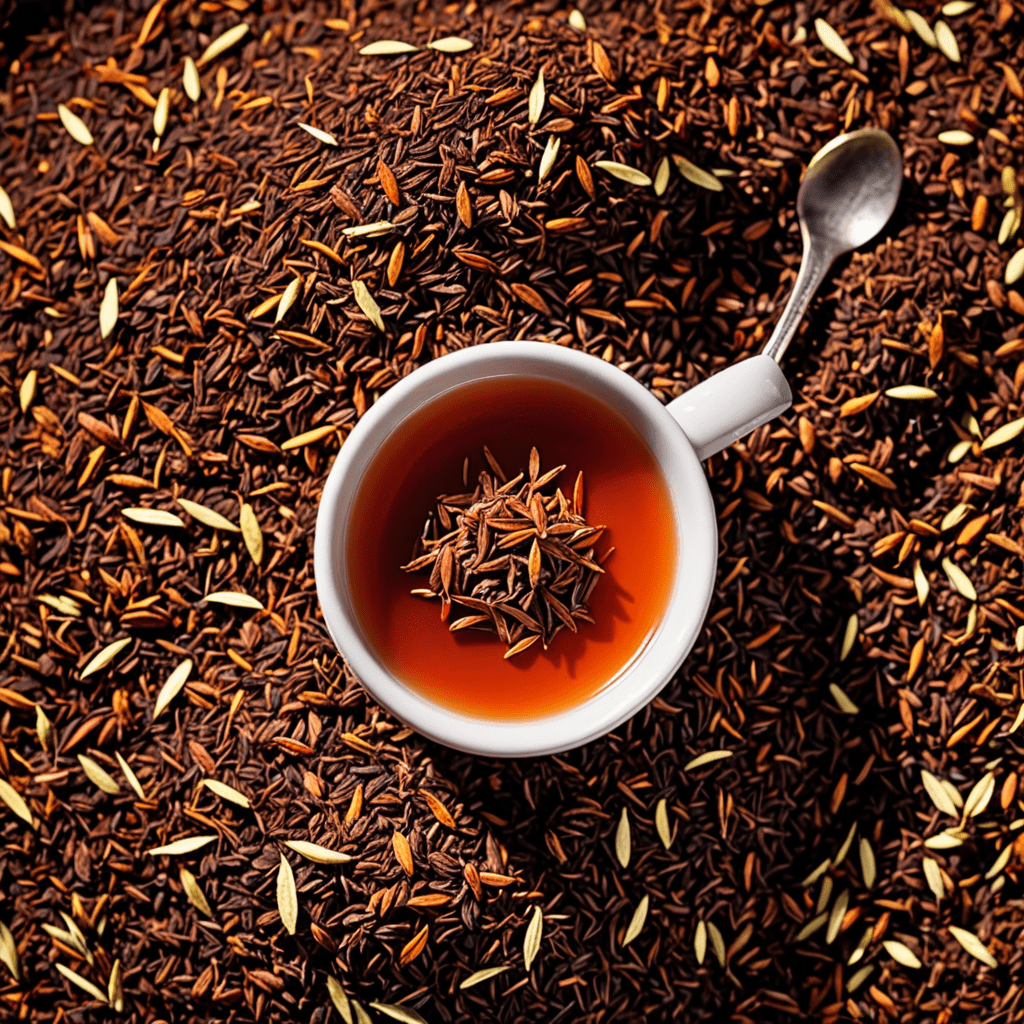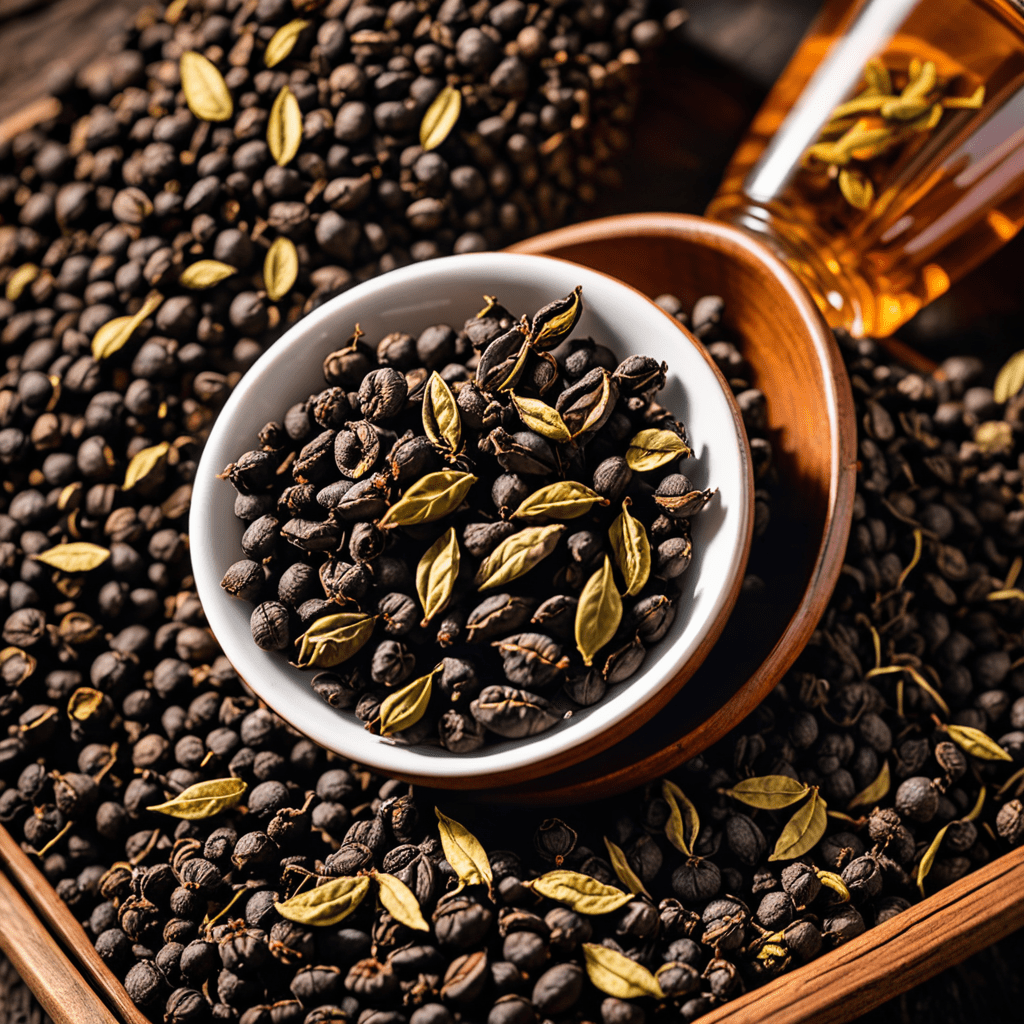Assam Tea: The Essence of Purity
I. Origins of Assam Tea
Assam tea, renowned for its robust and malty flavor, traces its origins to the verdant banks of the Brahmaputra River in northeastern India. The history of tea cultivation in Assam dates back to the mid-19th century, when British planters discovered indigenous tea plants thriving in the region's fertile soil and humid climate. The discovery marked the beginning of a vibrant tea industry that transformed Assam into a global tea powerhouse.
II. The Brahmaputra Valley: A Tea Haven
The Brahmaputra Valley, nestled between the Himalayas and the Shillong Plateau, provides an ideal environment for tea cultivation. The region's rich alluvial soil, abundant rainfall, and ample sunlight create the perfect conditions for tea plants to flourish. Today, the Brahmaputra Valley is home to vast tea plantations, spanning over 800,000 hectares, making it one of the largest tea-growing regions in the world.
III. Assamese Tea Plant: A Unique Cultivar
Assam tea owes its distinctive characteristics to the Camellia sinensis assamica, a unique tea plant cultivar native to the region. This large-leafed plant produces leaves with high levels of polyphenols, resulting in a tea liquor that is full-bodied and rich in antioxidants. The assamica cultivar is known for its adaptability and resistance to pests and diseases, making it a resilient choice for tea cultivation in Assam.
IV. Processing Techniques: Preserving Purity
The processing of Assam tea follows strict standards to ensure its exceptional quality. After harvesting, the tea leaves undergo a process of withering, rolling, oxidation, and drying. Withering reduces the moisture content, while rolling shapes the leaves and releases their essential oils. Oxidation, a carefully controlled process, allows the leaves to develop their characteristic malty flavor. Finally, drying halts the oxidation process and stabilizes the tea leaves, preserving their purity and flavor.
V. Varieties of Assam Tea
Assam tea offers a diverse range of varieties, each with its own unique flavor profile. The most popular types include:
- Assam CTC: A strong and full-bodied tea made from crushed, torn, and curled leaves, ideal for hearty breakfast blends.
- Assam Orthodox: A more delicate tea with whole leaves that are rolled and twisted, resulting in a smooth and complex flavor.
- Assam Green Tea: A refreshing and subtly sweet tea made from unoxidized leaves, offering a light and vegetal flavor.
VI. Health Benefits: A Cup of Wellness
Assam tea is not only a delectable beverage but also a source of numerous health benefits. Its high concentration of polyphenols, including flavonoids and catechins, has been linked to a range of positive effects on the body, including:
- Antioxidant Properties: Assam tea's antioxidants combat free radicals, reducing cellular damage and the risk of chronic diseases such as heart disease and cancer.
- Improved Heart Health: Catechins in Assam tea have been shown to lower cholesterol levels, reduce blood pressure, and improve overall cardiovascular health.
- Enhanced Brain Function: The caffeine and L-theanine in Assam tea stimulate cognitive function, improve alertness, and enhance memory.
- Reduced Inflammation: Assam tea's anti-inflammatory properties may help alleviate symptoms of arthritis, asthma, and other inflammatory conditions.
VII. Sustainable Practices: Protecting the Legacy
Assam's tea industry is committed to sustainability, ensuring the preservation of the region's natural environment and the well-being of its tea workers. Several initiatives are in place to minimize the industry's ecological footprint, including:
- Organic Farming: Many tea plantations in Assam have adopted organic farming practices, eliminating the use of synthetic pesticides and fertilizers.
- Water Conservation: Tea estates implement water conservation techniques, such as rainwater harvesting and drip irrigation, to minimize water usage.
- Fair Trade: Fair Trade certification ensures that tea farmers receive fair wages and working conditions, promoting social and economic well-being.
VIII. Cultural Significance: A Brew of Tradition
Assam tea holds a deep cultural significance in the region and beyond. It is an integral part of Assamese cuisine and hospitality, often served with snacks and sweets during social gatherings. The annual Tea Festival in Jorhat celebrates the tea industry and its importance to Assam's heritage.
IX. Global Recognition: A Tea of Distinction
Assam tea has gained worldwide recognition for its exceptional quality and unique flavor. It is exported to over 100 countries and appreciated by tea enthusiasts around the globe. Assam tea has been awarded numerous accolades, including the "Best Black Tea" award at the World Tea Expo in Las Vegas.
X. Assam Tea: A Symphony of Flavors
The allure of Assam tea lies in its rich and complex flavor profile. It is characterized by a full-bodied, malty taste with hints of honey, caramel, and nuts. Assam tea's versatility makes it suitable for a range of brewing methods, from traditional black tea to refreshing iced tea. Whether enjoyed on its own or blended with other teas, Assam tea offers an unforgettable sensory experience.
FAQ
1. What is the difference between Assam CTC and Assam Orthodox tea?
CTC tea is made from crushed, torn, and curled leaves, resulting in a stronger and more robust flavor. Orthodox tea is made from whole leaves and has a more delicate and complex taste.
2. Is Assam tea good for weight loss?
Assam tea contains caffeine, which can boost metabolism and aid in weight management. However, it is important to consume it in moderation and avoid adding sugar or milk.
3. What is the best way to brew Assam tea?
For a perfect cup of Assam tea, use 1 teaspoon of loose tea leaves per 8 ounces of water. Steep for 3-5 minutes at a temperature of 195-205°F (90-96°C).


